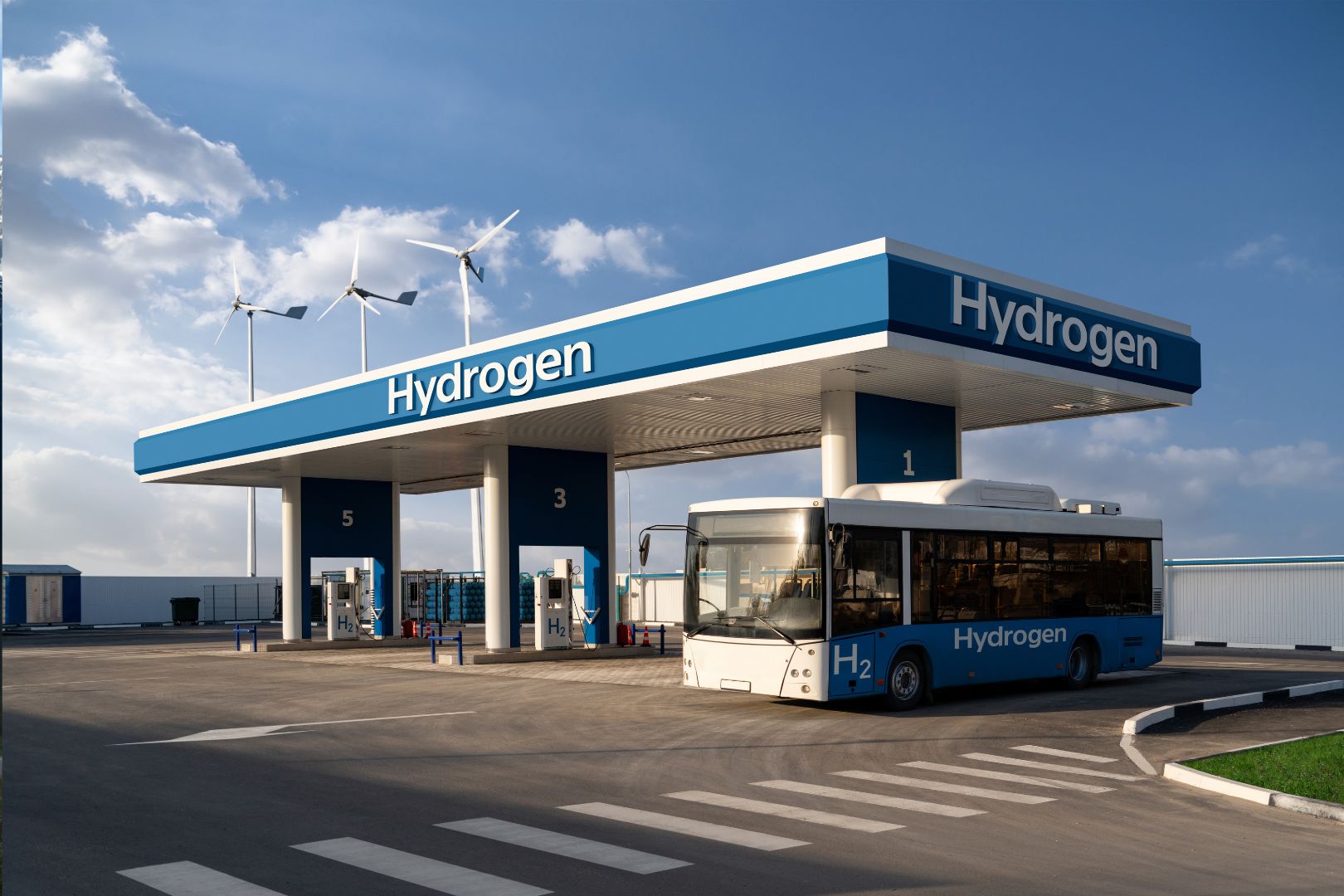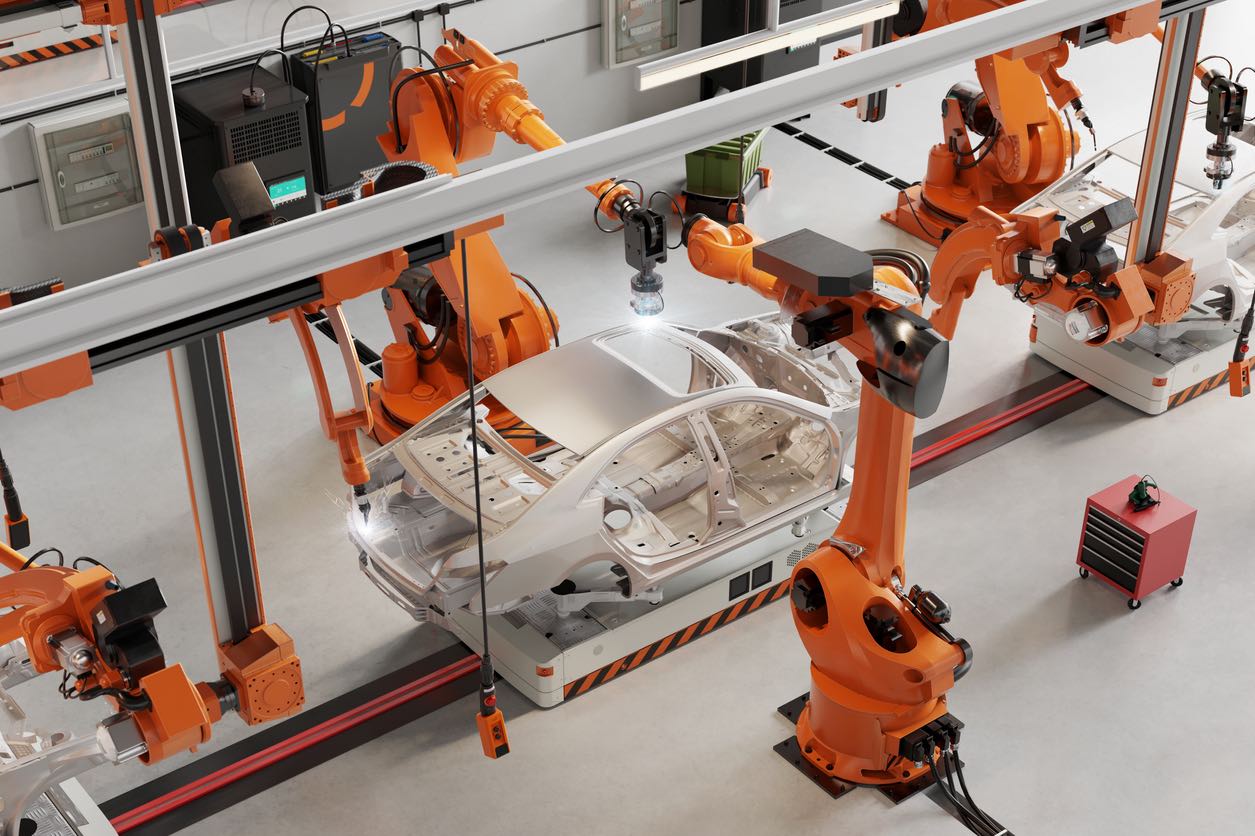The foundation of international trade has always been the transportation sector, with its broad reach and complex networks. Among its various characteristics, the Less Than Truckload (LTL) sector stands out since it is in charge of moving smaller amounts of freight that don’t need a full trailer’s worth of space. The LTL business has always been known for its manual procedures and pronounced resistance to technology improvements. This resistance to change was not brought on by a dearth of innovation in the business, but rather by a fragmented approach to change, with many firms in the sector clinging to outdated practices. The LTL business was on the verge of a technological revolution, but as with many areas of the contemporary world, change was unavoidable.
This transformation involved a total redesign of operations, communication, and customer service rather than merely implementing new tools or software. The evolution of the industry from telex machines and handwritten notes to real-time tracking systems and cutting-edge operating platforms is evidence of its flexibility and resiliency. We’ll learn more about the obstacles encountered, the victories won, and the pioneers who dared to lead the LTL trucking sector into the digital era as we go deeper into this story. Through this perspective, we will see not just how a certain industry has changed but also the tale of advancement, tenacity, and the unyielding human spirit.
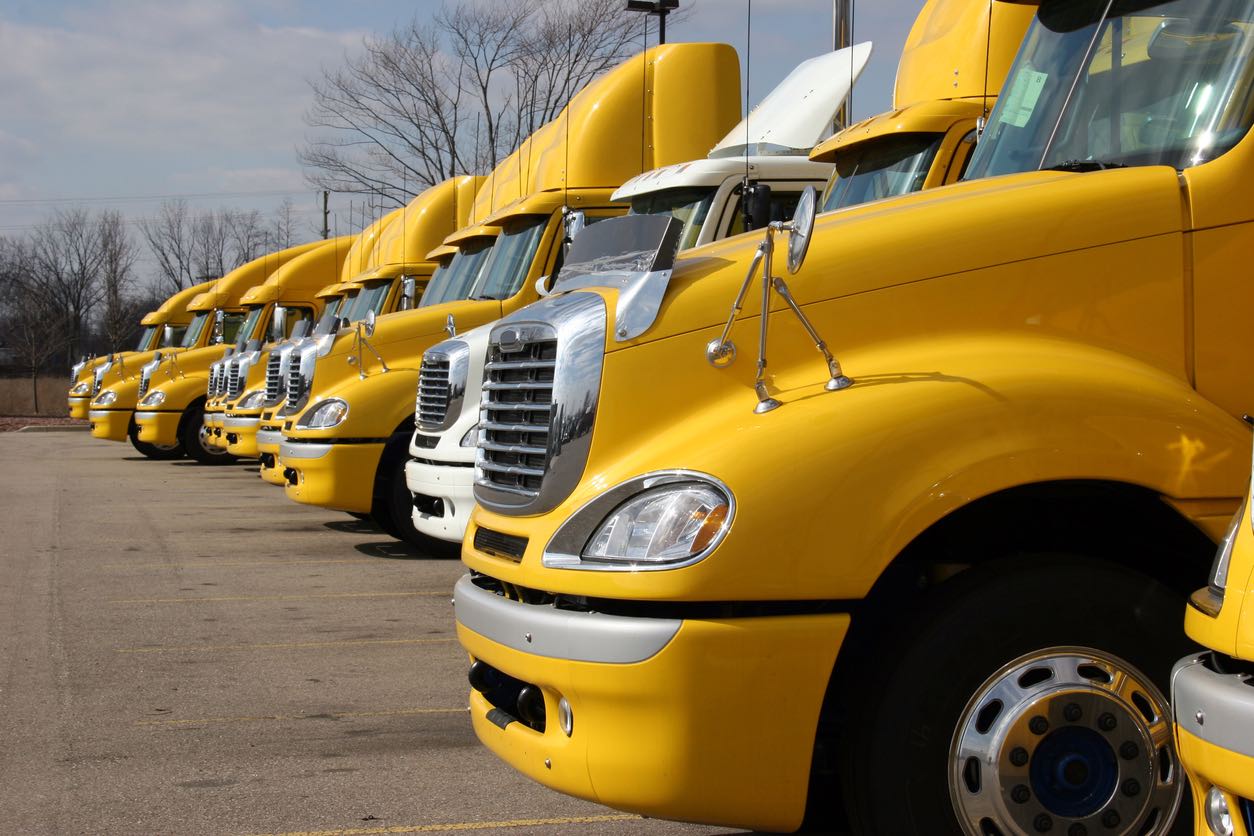
Over the years, the LTL (Less Than Truckload) business, which is in charge of moving smaller freight loads, has seen a significant transformation. It has transformed from its basic beginnings, which were distinguished by manual procedures and analog communication techniques, into a tech-savvy industry, utilizing the most recent advances to maximize operations. Despite some early opposition, this trip demonstrates the industry’s flexibility and forward-thinking mindset. We’ll learn about the complexities of this shift as we explore the difficulties encountered, the accomplishments made, and the change-supporting visionaries. The story that develops focuses on an industry’s dedication to improving itself in the future as well as the acceptance of new technologies.
The Past and the Present: The history of the LTL industry is a narrative of two distinct periods. Traditional techniques predominated in the early days of the industry, which was frequently resistant to change and apprehensive of new technical developments. This resistance was motivated by the conviction that, despite their flaws, the current mechanisms were sufficient for the demands of the sector. However, the LTL industry came to a fork in the road when the wider transportation scene started to change as a result of global technological advancements. The decision was simple: either change and adapt, or risk falling behind. Having incorporated cutting-edge technology into its operations, the industry now serves as proof of its capacity to adapt to change, resulting in increased efficiency and client pleasure.
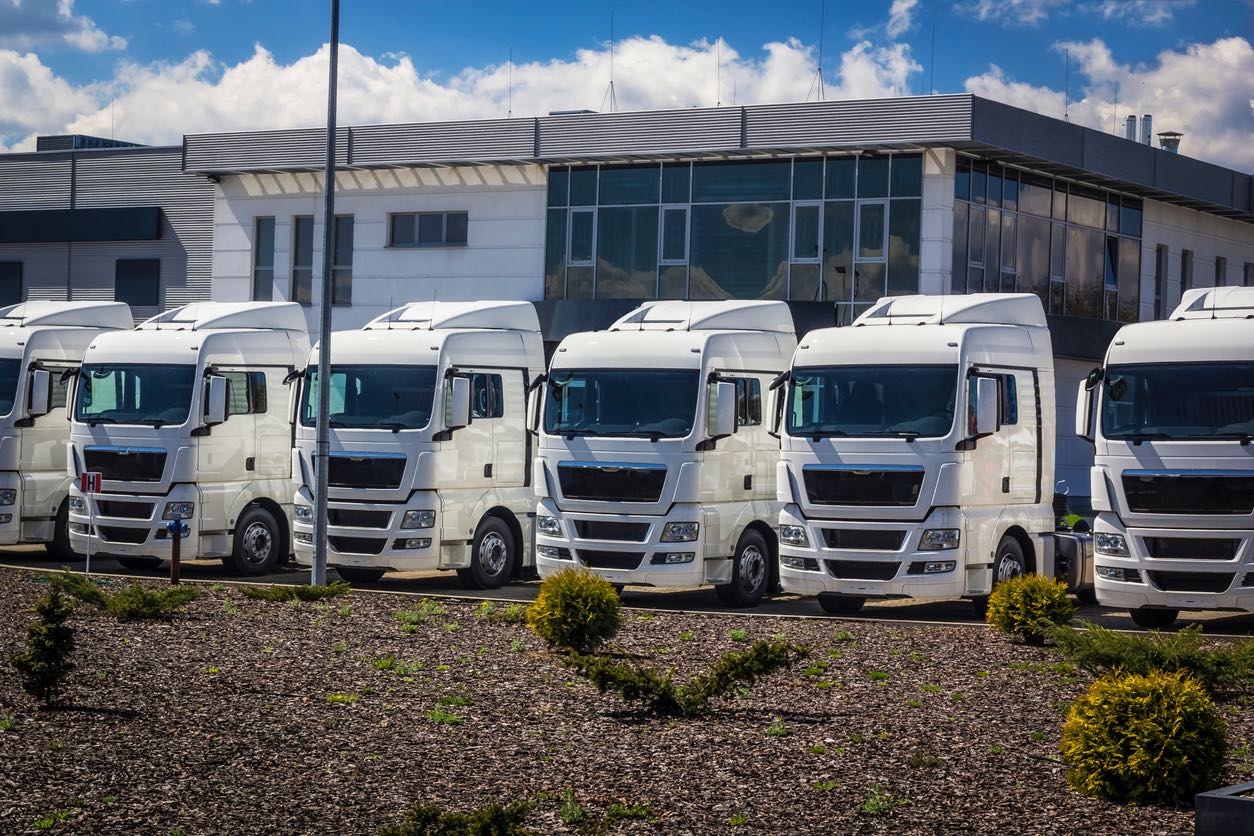
It’s common to take for granted the inventions and aspirations that have defined our modern existence in a world that is continually altering. The roots of development can be found in the bold aspirations of early people who dared to imagine a better, more effective future. The invention of motorized transportation, which has transformed the way we live, work, and connect, has been one of the most revolutionary dreams. Without these aspirations, our world would be quite different, and the advancements in productivity, development, and wealth we have accomplished are but the products of our imagination. The significant influence that transportation has had on society and the possible stagnation that we may have experienced without it are covered in this section.
A Life without Transportation: It is frightening to even consider a future without motorized mobility. Such a world would be marked by remote communities, constrained resource availability, and a markedly slower pace of existence. Trade and trade would be regionalized, and products and services would only be available where they were produced. The scant cultural interchange that results from connection would prevent global understanding and cooperation. In effect, our global society would be divided into isolated areas, each of which would function in its own bubble, without transit.
The Advancement of Society: The capacity to move, communicate, and trade has been integral to the development of societies all across the world. The development of cultures has always been dependent on their ability to move, from ancient civilizations that thrived near waterways to contemporary metropolises constructed around transit hubs. Rapid idea interchange made possible by effective transportation infrastructure has accelerated technological development and merged cultures. Furthermore, as cultures were more linked, they prospered as a result of having access to a wider variety of resources and opportunities.
Efficiency, Growth, and Prosperity are Desired Outcomes: Every invention stems from a basic human desire to improve life, which is at its core. As a result of this pursuit of efficiency, quicker, more dependable forms of transportation have emerged, condensing the vastness of the world into a manageable global community. These innovations have sparked a multifaceted expansion that has influenced economies, technology, and cultures. Furthermore, prosperity encompasses more than simply material riches; it also refers to the diversity of possibilities, connections, and experiences that our globally integrated society has made possible.

As many businesses started to see the possibilities of new technology in the late 20th century, the LTL trucking industry remained noticeably cautious. This resistance wasn’t a result of ignorance, but rather of the fragmentation of the sector, the absence of a clear vision, and a natural comfort with tried-and-true techniques. Particularly during the 1970s, several sectors were in the midst of technological revolutions and the decade was one of change. Even though they were dependable, conventional communication techniques were quickly losing their viability in the LTL transportation market. This section explores the industry’s early difficulties, noting the communication barriers that typified the time.
Communication Obstacles: The LTL trucking industry’s communication infrastructure was at best basic in the late 1970s. The main form of communication was the telephone, an innovation for its day. The fact that it was fixed and bound to certain walls and places limited its usefulness. Real-time communication was therefore severely restricted, especially with moving drivers. Lack of mobile communication devices caused considerable information relay delays, which frequently resulted in ineffective operations and missed opportunities.
Communication was a major barrier when the LTL trucking industry was just getting started. Due to the lack of current technology, businesses were forced to use outdated tools and procedures, which were frequently ineffective and prone to mistakes. This had an impact on the businesses’ internal operations as well as their interactions with clients and partners. There were frequently delays, misunderstandings, and misconceptions, which resulted in operational inefficiencies and missed opportunities. As we dive into the details, we’ll learn about the main difficulties the industry experienced in the beginning and how they affected its expansion and development.
The Telex Machine: Many LTL trucking offices included Telex machines, which were among the first electronic communication devices. It has its own set of difficulties while being a substantial improvement over only manual approaches. Ticker tape, a continuous strip of paper with written messages, was used by the machine to work. However, making this tape was a laborious procedure, and making a mistake meant having to start over. Additionally, the machine was prone to misreads, which frequently resulted in mistakes. These mistakes not only wasted time, but also caused misunderstandings, which made the entire process difficult and less dependable.
Finding Drivers: Finding drivers on their routes was a huge job in the time before cell phones and GPS tracking. Since most trucks lacked radios, real-time communication was all but impossible. When trying to contact drivers, dispatchers frequently resorted to dialing each stop on the route in an effort to deliver a message. This approach took a lot of time and was unstable. Drivers could overlook a significant update or timetable modification, resulting in delays and inefficiency. Logistics were made more difficult by the drivers’ inability to readily report back on problems or changes on their end due to a lack of direct contact.

Dispatchers are crucial players in the complex web of the LTL trucking sector because they serve as a link between drivers, clients, and the larger logistics network. Their duties range widely, from addressing unanticipated roadside difficulties to making sure pickups and deliveries go on schedule. But prior to the digital revolution, dispatchers had to deal with a special set of difficulties that put their abilities and patience to the test on a regular basis. They negotiated an environment that was frequently riddled with inefficiencies by relying primarily on manual procedures and antiquated communication platforms. This part digs into the specifics of their everyday hardships, emphasizing the difficulties in planning pickups and the difficulties comparable to putting together a jigsaw puzzle.
Setting up Pickups: Dispatchers used to have the laborious process of scheduling pickups using handwritten t-cards in the era before real-time tracking and digital communication. Even though they were basic, these cards served as the main method for monitoring shipments, driver whereabouts, and delivery schedules. However, because this approach was manual, mistakes were common, resulting in misunderstandings, missed pickups, and unavoidable delays. Customers frequently took the brunt of these inefficiencies because they expected prompt service, which caused resentment and strained relationships between carriers and their clients.
The Jigsaw Puzzle Analogy: A dispatcher’s job is more than just “challenging,” it’s difficult. The difficulties they encountered may best be compared to completing a 1,000-piece, single-color jigsaw puzzle in a short period of time. Each item represented a distinct step in the logistics process, from traffic conditions and client preferences to driver availability and vehicle upkeep. It took strong attention to detail, fast thinking, and an inherent ability to foresee future obstacles to put these components together in a logical and effective way. Similar to putting together a jigsaw puzzle, one lost or misplaced piece might scuttle the entire process, highlighting how crucial the dispatcher’s job is.

Dock operations are a crucial crossroads in the complex world of logistics and transportation where items go from the road to the facility. Effective dock operations are essential to assuring on-time delivery, reducing delays, and making the most use of human resources. However, dock operations experienced several difficulties in the LTL trucking sector, particularly in its early years. The absence of structured cargo data, which was essential for trailer location, was a severe barrier. Without this vital information, the entire process grew complicated, resulting in longer workdays and potential supply chain bottlenecks.
Problems at the Dock: More than just a mere nuisance, the lack of structured cargo data presented a substantial operational challenge. To enable effective loading and unloading, trailers loaded with goods from diverse shippers required to be positioned precisely. Dock employees sometimes had to depend on recollection or crude record-keeping techniques since they lacked a systematic approach to data. This confusion frequently resulted in misplaced trailers, which caused needless moving, delays, and longer labor hours. These inefficiencies had a knock-on effect that affected dock operations as well as delivery schedules and customer satisfaction.
Positioning of the Trailer is Important: The initial piece of a challenging puzzle is similarly placed when a trailer is positioned properly. It decides how things should go and makes sure that things are loaded or unloaded in the proper order to minimize movement and handling. One misplaced trailer can set off a chain reaction of operational problems due to ineffective placement. Furthermore, as things may need to be moved more than once, the danger of handling errors increases, improper placement might result in significant harm to the products.
The Effects on Employment: It wasn’t simply about higher prices for the LTL businesses when working hours were increased. Additionally, it meant longer shifts for dock employees, raising the possibility of weariness and decreased productivity. In the logistics industry, fatigued workers are more likely to make mistakes that result in lost shipments, damaged products, or even safety issues on the dock. The human element of these inefficiencies emphasizes how crucial streamlining procedures are—not just for cost savings but also for employee wellbeing.
The Supply Chain’s Ripple Effect: The dock’s inefficiencies are not limited to the loading bays. They have an impact on every link in the supply chain. Drivers’ departure timings may be impacted by delays in loading or unloading, which may result in missed delivery windows or longer transit times. A delay at the dock might result in production stops, lost sales opportunities, or even contractual fines for clients who are waiting for their cargo. A blip in one area may have far-reaching effects in the intricate world of logistics, underscoring the need of efficiency at every stage.

The LTL trucking industry’s march towards technological integration reached a turning point in the mid-1980s. The LTL industry started to see the effects of this transition as the rest of the globe started to embrace the digital era. Carriers saw the need for more efficient operations and tried to use technology’s capacity to overcome ingrained inefficiencies. Proprietary software systems were first introduced, which was a key step in this approach. Although these technologies offered improved operating capabilities, they also presented a number of difficulties that the sector had to deal with.
Proprietary Software Systems: LTL carriers began experimenting with digital solutions in the 1980s by creating their own proprietary software platforms. These systems were created to handle many facets of the supply chain management, such as tracking shipments and route optimization. Gaining a competitive edge in the industry and providing clients with a more seamless experience were the main driving forces behind these projects. However, because these systems were proprietary, only specific carriers could use them.
Insufficient Universality: Although the development of software systems was a positive development, there were still many problems because there was no common platform. Customers that worked with numerous carriers encountered difficulties accessing their respective software platforms. Along with increasing operational inefficiencies, this fragmentation also made things more difficult for customers. It became clear that a standardized system was necessary, underscoring the limitations of discrete technical developments.
The balance of power in the LTL trucking sector has changed significantly over time because to its dynamic environment. The change from carriers being the main decision-makers to third parties stepping up and seizing the reins has been one of the most remarkable transformations. This transformation did not occur suddenly; rather, it was brought about by carriers’ constant monitoring of changing client requirements and the quickening pace of technological innovation. Third parties immediately stepped in to fill the holes as carriers stuck to their conventional practices and proprietary technologies. Along with altering operational dynamics, this move also affected how the industry views technical progress.
Neglecting Customer Requirements: In the past, carriers dominated the LTL market, defining rules and establishing the pace. However, customers began to suffer greatly as a result of their unwillingness to change and develop a uniform platform. Businesses that rely on several carriers for their logistical requirements face inefficiencies and complications as a result of the many platforms and carriers that come with them. It became clear that a shift was coming as consumer annoyances increased that this splintered strategy was unsustainable.
Third Parties Assuming Leadership: Third-party logistics companies recognized a chance as a result of the carrier-centric model’s inefficiencies. With cutting-edge technology and a thorough grasp of consumer requirements, these organizations started creating unified platforms that could serve many carriers. Their products gave organizations the ease of use and effectiveness they desired, enabling them to manage their logistics with ease. Third parties subsequently gained popularity and established themselves as the new pioneers of tech-driven LTL solutions.
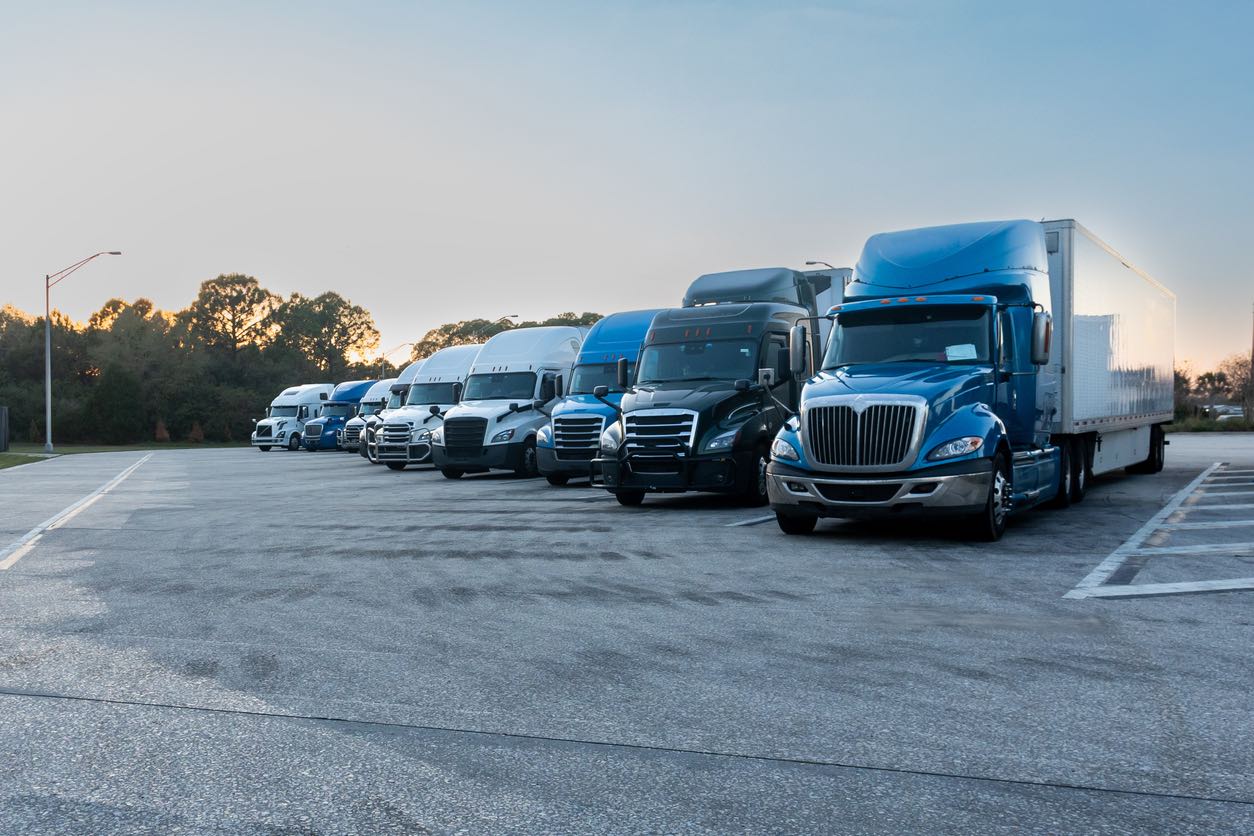
The LTL (Less Than Truckload) sector has experienced a paradigm change in the constantly changing world of transportation, mostly due to technology developments. The age of manual procedures is over, replaced by cutting-edge technology that improve every aspect of operations. Technology emerges as the light pointing the industry in the direction of efficiency and innovation as it struggles to meet rising expectations and the difficulties of a globalized world. The present LTL market is proof that embracing technology can completely transform a business, providing unmatched advantages to both service providers and their clientele. Let’s explore the subtleties of these technical developments and their significant influence on LTL operations.
Operating Effectiveness: Any effective transportation system must be operationally efficient, and the LTL industry is no different. Operations that formerly required hours or even days to complete are now completed in a matter of minutes thanks to the incorporation of current technologies. Modern systems with AI and machine learning algorithms analyze enormous volumes of data in real-time and provide previously inconceivable insights. This real-time visibility makes ensuring that operations continue to run smoothly even amid unanticipated volume surges, with systems immediately adapting to handle the additional demand. As a result, the LTL business is more adaptable, sensitive, and effective and is prepared to face the difficulties of the contemporary world.
The LTL business has emerged as a symbol of adaptation and innovation in the constantly changing face of international trade. The industry has experienced a transformation from its humble roots, characterized by manual procedures and a cautious attitude to technology. Today, it not only adopts the newest technology developments, but also creates ground-breaking innovative approaches to improve productivity and customer pleasure. This analysis of the industry’s amazing transformation emphasizes the crucial role that innovation will play in determining the direction of the sector’s future. It is clear that the LTL industry’s trajectory is firmly fixed on a path of continual expansion and innovation when we consider the past and look toward the future.
Welcoming Change: The LTL sector’s early reluctance to incorporate technology into its processes was not an uncommon occurrence. When faced with disruptive developments, many industries frequently go through a phase of resistance. The LTL sector stands out, nevertheless, for its capacity to quickly adjust its business models in response to emerging technologies. This sector of the economy is not merely adjusting to change today; it is also driving efforts that are redefining the standards for logistics and transportation.
A Proof of Innovation: The history of the LTL market is a prime illustration of how innovation can completely change a market. Not only are new platforms or technologies being introduced, but processes are being rethought, communication is being improved, and customer experiences are being elevated. The industry’s dedication to innovation has simplified processes while also creating new avenues for collaboration and market expansion. It is obvious that innovation will continue to be the key to the success of the LTL business as we move forward.
The Advantages of Accepting Change: Although the path to technology integration was not without its difficulties, the rewards have been numerous. A few of the obvious benefits are increased operational effectiveness, real-time communication, and increased customer satisfaction. Additionally, the LTL business has established itself as a leader in the transportation industry by embracing change and setting standards for others to follow. The industry’s proactive attitude to change emphasizes how crucial adaptation is in the fast-paced corporate climate of today.

Ship A Car, Inc. has carved out a position for itself in the competitive world of vehicle shipping, becoming the industry leader in the US. Their reputation is based not just on promises but also on a long history of providing quality. Safety, efficiency, and unmatched client satisfaction are the three guiding values that underpin all of their activities. These values are embedded in every aspect of their service and are not just catchphrases. Customers may be afforded that Ship A Car, Inc. will emphasize the safety of their car and their peace of mind during the whole shipping process.
Ship A Car, Inc.’s abilities go beyond merely their commitment to high-quality customer service. Every vehicle reaches its destination in a timely and secure manner because to this technical advantage and their extensive network of reliable carriers. But what really distinguishes them is their capacity to adjust and meet the particular requirements of each client. Ship A Car, is equipped and prepared to deliver whether it’s a family vehicle being transferred across states or a luxury automobile needing special treatment, making them the unchallenged leader in vehicle transportation.
1. Why did the LTL sector originally accept technology so slowly? Due to the fragmented structure of the business and the absence of a cohesive strategy for embracing technology developments, the LTL industry was originally wary. But as time went on, the industry was compelled to change by the technology’s clear advantages.
2. How has the LTL trucking sector changed recently as a result of technology? The LTL trucking sector now has real-time tracking, effective communication tools, and cutting-edge operating systems. These developments have considerably increased consumer happiness, operational effectiveness, and sector growth.

